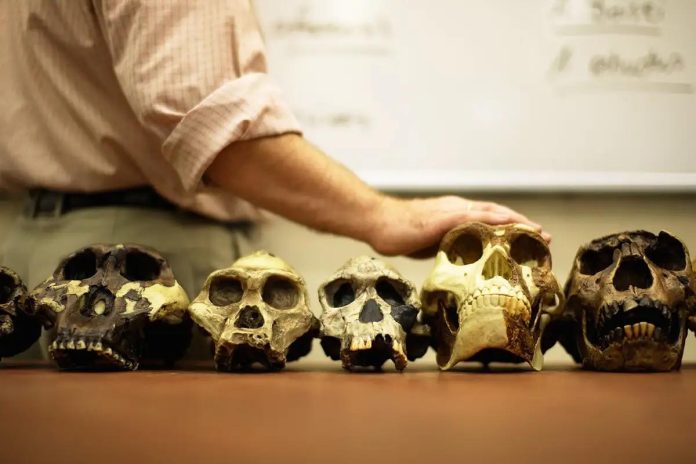The cerebellum should be given more credit for the evolutionary developments in human ancestors and man than it has previously been given. This is the conclusion of a new study of the rate of development of the cerebellum in humans and apes conducted by Robert Barton of Durham University and Chris Venditti of the University of Reading.
The neocortex of the brain has been considered to be the “seat of man’s humanity” because of the confirmed functions involving language, consciousness, and spatial reasoning that are controlled by the neocortex. The researchers argue that the cerebellum should have an equal if not superior position in the evolution of the human brain based on the 70 billion neurons in the cerebellum and newly discovered involvement of the cerebellum in the temporal organization of complex behavioral sequences. The study uses comparative anatomy to prove the point.
The cerebellum of modern humans has four times the neurons that the neocortex does. Not all of the functions of the cerebellum are known. Comparative anatomy shows that the cerebellum grew at a rate that is six times the rate of growth of the neocortex during the evolution of man. New findings indicate the cerebellum was the locus of tool making abilities in early humans and played a role in the development of language.
The researchers suggest that the preference for the neocortex as a site that made people human is in part an error of comparative size. When the size of an individual animal is considered, the neocortex does not show the expansive rate of growth that was once attributed to it. The cerebellum evolved more rapidly than the neocortex and would therefore be the site where what is thought of as higher brain functions first occurred.








